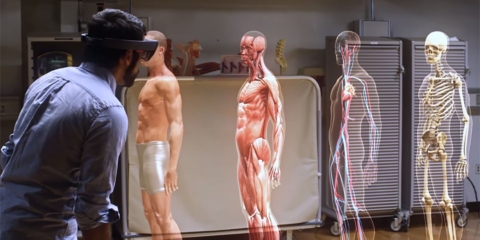Would you like to get notifications from Christian?
Google’s artificial intelligence (AI) generator can output 1280x768 high-definition (HD) video at 24 frames per second from a written prompt. The company announced the development of Imagen Video today, which is currently in a research phase. This tool comes five months after Google Imagen, which creates images from text descriptions. Together, these two tools demonstrate the rapid progress of video synthesis models.

To generate the videos, Imagen Video first splits the prompt into sentences and then translates each sentence into a different scene. For example, if the input is “A man wakes up in the morning. He gets out of bed and stretches”, there would be two scenes in the generated video – one where the man is in bed and another where he is stretching. Next, for each scene, Imagen Video extracts relevant information such as objects, actions, and their order from the sentence. Finally, it renders the scene by creating a three-dimensional environment and inserting virtual characters that carry out the identified activities.
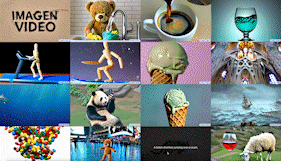
There are many potential applications of Imagen Video. For instance, it could be used to create educational videos or to generate demonstrations of how products work. Moreover, as technology develops, it may be used to create realistic computer-generated characters for movies and video games. Importantly, Imagen Video has the potential to democratize video production as it does not require expensive equipment or specialized skill sets. All that is needed is a written description of what you want your video to show.
Google’s newest AI generator creates HD video from text prompts, which has numerous potential applications. This tool demonstrates the progress of video synthesis models and has the potential to democratize video production.
Author: Christian Kromme
First Appeared On: Disruptive Inspiration Daily
Christian is a futurist and trendwatcher who speaks about the impact of exponential technologies like AI on organizations, people, and talents. Christian tailors his presentations to your audience's specific industries and needs.
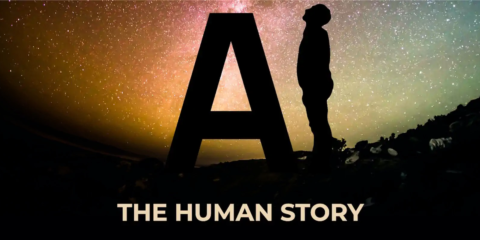
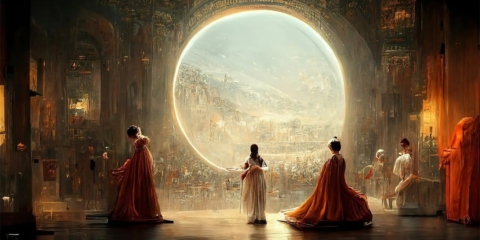

Our world is changing at an exponential rate! A big tidal wave of digital transformation and disruption is coming at us fast. Many organizations see this wave as a threat and experience stress, but there are also organizations that just see this wave as an opportunity.

Imagine sitting with just 10-15 fellow executives at a premier location, gaining clarity on the impact of AI on your industry while enjoying an exquisite dining experience. These are not just meetings—they are transformative moments that will shape the future of your organization

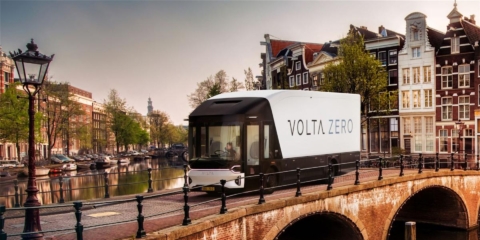

In the future, 3D printing and generative design will allow for products to be designed in a more decentralized manner, and production will take place closer to the customer and fully on-demand. 3D printing technology will also allow for more customization and personalization of products.


The agricultural industry is ripe for disruption. Robotics, AI, and IoT are all technologies that have the potential to radically transform the way we grow food. In combination with vertical farming, these technologies could increase the efficiency and quality of agricultural products.
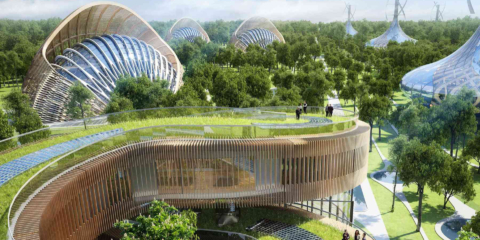
A human-centered society is one that puts people first and where technology is used to unite and empower people. It is a society that values biological life and dignity above all else. It is a society that recognizes the importance of human relationships and works to strengthen them. In a human-centered society, all members of the community are valued and treated with respect.
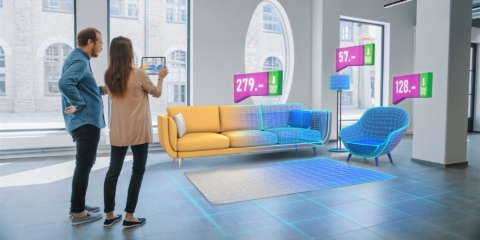
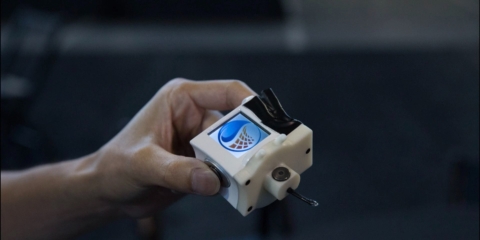
The future of healthcare is here. New technologies like AI, IoT, big data, and smart sensors make it possible to become the CEO of your own health. Imagine that your phone can listen to your voice and AI algorithms can detect small nuances in the tone of your voice that indicate specific diseases.
